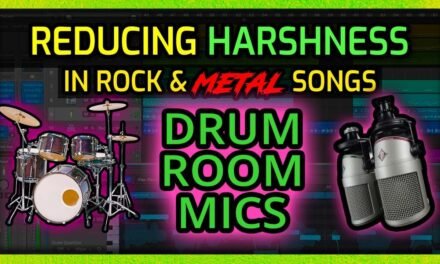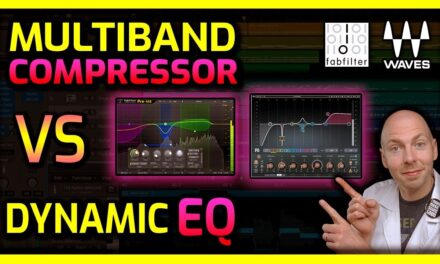
4 Synthesizer Basics You Need to Know to Make Mind-Blowing Sounds!

There has been a recent resurgence of analog synthesizers. Many major companies (Korg, Arturia, Roland, Moog) have begun to release new analog synths and reissues of vintage gear. You might be interested in trying one of these out but have no idea what you are getting into. One of the my favorite features of many analog synths is that all of the controls are laid out in front of you instead of being hidden in digital menus controlled by a few knobs. While this may be overwhelming, I will go over the basics of subtractive synthesis and you can start dropping acronyms to your gear-head buddies too.
Source/Oscillator
Anything that produces sound has to have something that creates a wave. Think of a guitar string, sound is produced as it vibrates back and forth. In electronic instruments, like synths, it is an electric signal oscillating back and forth. This is generated by an electronic circuit called a Voltage Controlled Oscillator or VCO. I won’t go into the details but all you need to know is you input some voltage (press a key) and it outputs an oscillating electronic signal of a certain frequency. Because we want to hear this frequency, the output should be in the audible frequency range. You may see some synthesizers, like the Roland Junos, which have digitally controlled oscillators or DCOs. These are much more stable in their output.
Most oscillators have selectable waveforms such as square, triangle, and sawtooth waves. Each have their own unique timbre or character. If you just had an oscillator, the sounds you could create would be quite limited and bland. To create different timbres, the output of the oscillator is typically run through a filter.
Filter
To create different flavors of sound, you can filter out different frequencies from your oscillator. Most synths have a Voltage Controlled Filter or VCF. You might be wondering why there are multiple frequencies if you are only playing one note. If you just had a pure tone, it would be a sinusoidal wave with one frequency. To make the other waveforms that your oscillator can output, it is made of a combination of LOTS of frequencies. Any periodic function (square, triangle, sawtooth) can be made by infinitely summing sinusoidal waves of different frequencies. This might sound like magic, but it’s just math. Look up Fourier Series if you don’t believe me.
The role of a filter is to do just what its name implies, filter out certain frequencies. They come in different types: high-pass, low-pass, band-pass, and notch. Many synths have one type, commonly a low-pass filter where it can be used to allow or pass lower frequencies on while preventing the higher frequencies from passing to the output. This is the basis of subtractive synthesis, the method of starting with a complex waveform and filtering out frequencies to create new “sounds”. You will typically find two main controls on a VCF: cutoff frequency and resonance. For a low-pass filter, the cutoff frequency control sets the upper limit to what frequencies you will allow through the filter. If the filter is all the way open, you have a more complex and harsh sound. As you lower the cutoff, your wave will slowly move to a gentler sound approaching a pure sine wave. The resonance control can be used to enhance certain frequencies near the cutoff. How these two controls are set has a major impact on the timbres you can produce.
Envelope
So far we have talked about how to produce different pitches (VCO) and how to create different timbres (VCF). Another important aspect of creating sounds is how the intensity or volume behaves as a function of time. This brings us to ADSR: attack, decay, sustain, release. ADSR is a type of Envelope Generator (EG). These four parameters control the amplitude of your sound in time with respect to the pressing of a key. These controls on a synth are part of a voltage controlled amplifier (VCA).
- Attack (A) controls how quickly the sound reaches its maximum volume once a key is pressed. You can imagine you would use a very short attack time if you were creating a snare drum but a longer attack time if you were synthesizing a bowed string instrument like a violin.
- Decay (D) controls how quickly the volume decreases to its long term behavior.
- Sustain (S) controls the long term volume level, while the key is held down.
- Release (R) controls how long the sound will persist once the key is released.
ADSR doesn’t have to just be used for the volume, you can also use envelope to control the filter parameters. In fact, many synths come with two envelopes for this purpose. Other synths may have one EG and it can be applied to both the oscillator and filter.
Modulation
There are several types of modulations that can be done to your sound, but the most common is done with a Low-Frequency Oscillator (LFO). A LFO is similar to a VCO in the sense that it creates an alternating electric signal, but its purpose is different. It is not used to create a sound but instead modulate it at frequencies below or at the low end of the audible frequency range. It can be used to oscillate the frequency to create a vibrato effect or the volume to create a tremolo effect. Like the EG, the LFO can affect different things. Thus your synth might have the ability for the LFO to modulate the VCO, VCA, or the VCF.
Closing Thoughts
This has been a quick overview of synthesizer basics. It is not exhaustive and is not meant to be complete. But if you went out and bought a synth today you would have a good starting point. Check back soon for some video/audio samples to demonstrate how all of this works.

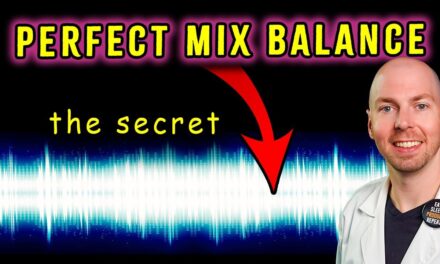
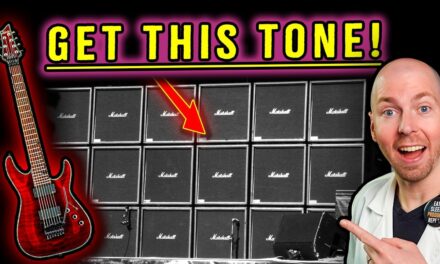


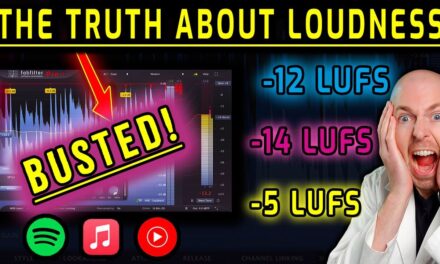

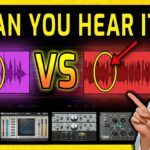







![[RP Blog] | Blog 3 - ADSR Plot of amplitude vs time showing attack decay sustain and release ADSR](/blog/s/img/wp-content/uploads/2018/01/ADSR_cropped_comp.png)
![ULTIMATE Guide to MIXING CLEAN VOCALS for METAL and ROCK [Like Periphery, Tesseract]](/blog/s/img/wp-content/uploads/2020/07/18-Ultimate-guide-to-clean-vocal-mixing-rock-metal8b-440x264.png)
